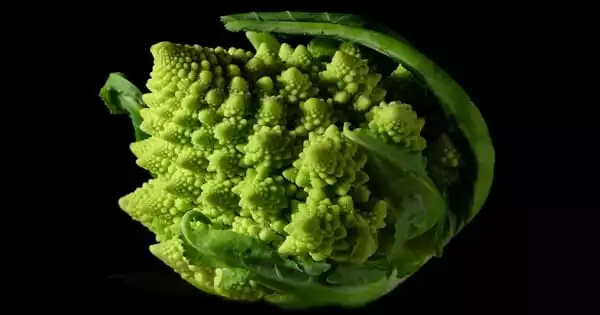Jackrabbits are a type of hare that are found in various regions of North America. They are known for their distinctive long ears and powerful hind legs, which they use for fast running and jumping.
A team of climate scientists and biologists from Universidade do Porto, in Portugal, working with colleagues from the University of Montana and the Denver Museum of Nature & Science, both in the U.S., has found that jackrabbits living in mountainous areas, such as the Rockies, that have higher variability in color genes may be better prepared for snow loss due to climate change.
In their study, reported in the journal Science, the group compared coat color variability and genetic predisposition in white-tailed jackrabbits living at different elevations.
There are several species of jackrabbits, including the black-tailed jackrabbit, white-tailed jackrabbit, and antelope jackrabbit. These animals are herbivores and primarily feed on grasses, although they will also eat other plants and occasionally insects.
Like many other animal species, white-tailed jackrabbits experience a shift in coat color as the seasons change. In the winter, they are largely white to help them blend in with the surrounding snow.
To better blend in with their mountainous surroundings, they shed their white coat in the spring and grow new ones that are a combination of browns, reds, yellows, and blacks. The reverse takes place in the fall.
In this new study, the research team pondered how jackrabbits could fare in the years to come as climate change in the mountains is projected to cause snow to remain on the ground to start and stop later. The scientists warn that this might make white-tailed jackrabbits less suited to their surroundings and more vulnerable to predators.
To find out, the group started by studying museum specimens dating back several decades. As the winter season shortened, they were able to see how quickly jackrabbits were able to adjust. They then carried out a DNA analysis on the species and identified the three genes that control coat color.
Also, they discovered that the genetic makeup of jackrabbits determines the ratio of pigments in their skin, which determines coat color. For example, jackrabbits that live at lower altitudes, which have shorter snow seasons, have different ratios than jackrabbits that live higher up where the snow remains on the ground much longer.
The researchers hypothesize that the group of jackrabbits most likely to be able to adapt and survive as the planet warms is the one with the largest degree of variety in their color genes.
In addition to their ecological significance, jackrabbits have also played a cultural role in Native American and Mexican folklore and cuisine. They are often depicted as clever and elusive creatures in stories and artwork, and are sometimes featured in traditional dishes such as rabbit stew.
















